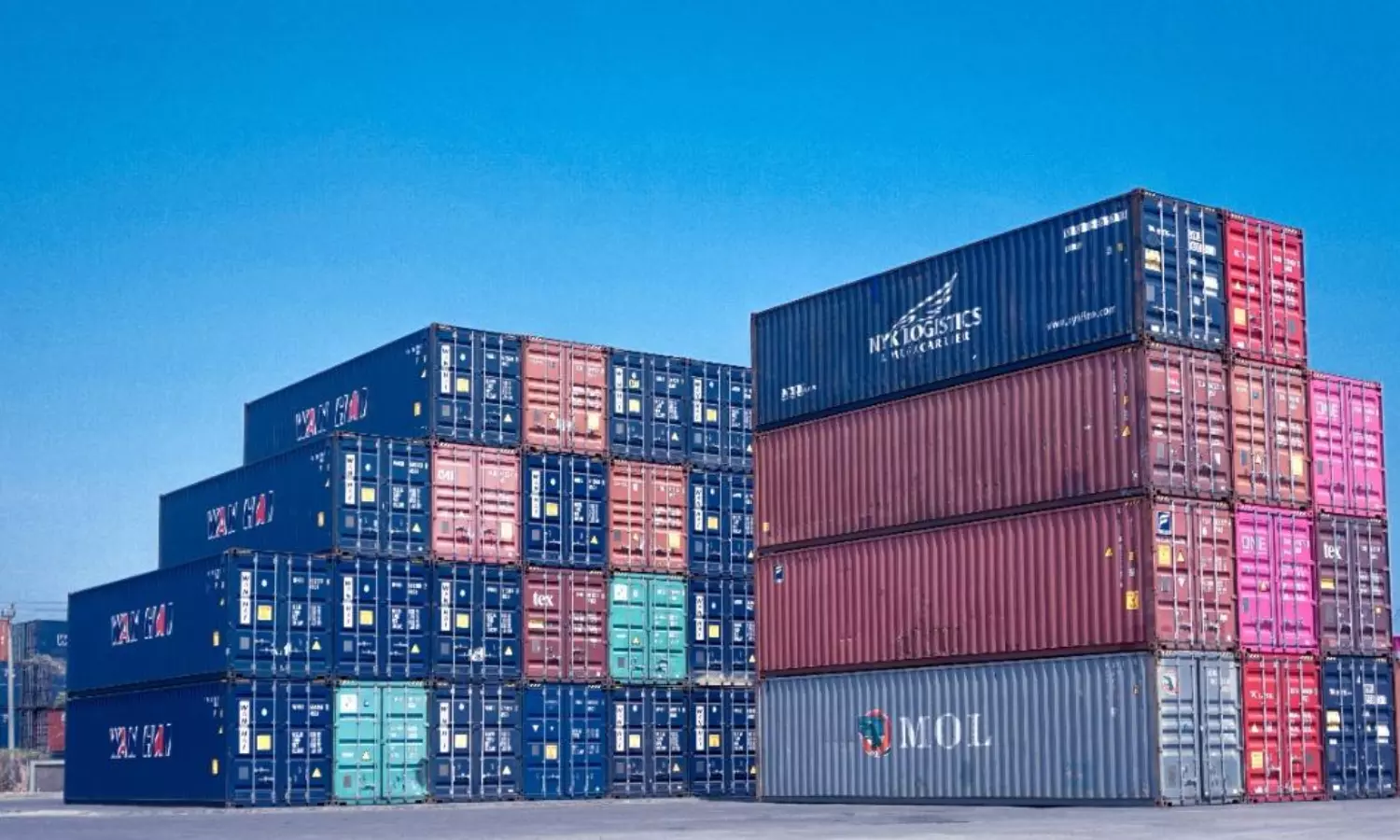Long-term ocean rates continue rally, no relief seen till 2H2023
Carrier community sitting pretty when it comes to long-term rate negotiations: Patrik Berglund, CEO, Xeneta

April saw the third consecutive monthly climb in long-term contracted ocean freight rates with shipping costs increasing over 11 percent globally, an increase of nearly 110 percent year-on-year.
The data, revealed in the latest Xeneta Shipping Index (XSI) Public Indices for the contract market, demonstrates how supply chain demand, successful carrier strategies and continued Covid disruption in China are coalescing to "pile on the pain" for shippers worldwide.
"Yet again we see the carrier community sitting pretty when it comes to long-term contracted rate negotiations," says Patrik Berglund, CEO, Xeneta. "The data from our contributors is one indicator while the financial performance of leading operators is another. They are, quite frankly, reaping huge rewards from a red-hot market."
Maersk released its figures for the first three months of the year, reporting revenue of $19.3 billion with an underlying EBITDA of $9.2 billion, beating analyst expectations. "It's a position of power the carriers have no desire of relinquishing," adds Berglund.
Maersk, while increasing its profit outlook for 2022, "assumed a normalisation of container freight rates from the second half of this year." How realistic is the assumption?
Simon Heaney, Senior Manager, Container Research, Drewry during a webinar held recently on the container market outlook said: "The answer really depends on your definition of normal. We are already seeing spot rates drift, partly for seasonal reasons but also as a reaction to events. There is a reasonable likelihood that prices will continue to soften while these events play out, but a much lower probability that rates will return to pre-pandemic averages, in our view."
Other Q&As from the webinar:
What does the supply/demand balance for containers look like for the next few years?
SH: We expect the market to remain very tight until 2H23 when the effects of port congestion will recede and release a lot of latent capacity. This will coincide with significant newbuild deliveries and tip the market towards being over-supplied, which we think lines will try to mitigate via blank sailings, idling and scrapping.
Why would carriers not limit the amount of sailings to reduce capacity so they can artificially keep rates at current levels?
SH: We do expect that carriers will respond to the prevailing supply-demand conditions in a post-congestion market through capacity management. However, we do not think they will be able to replicate the amount of capacity reductions caused by supply chain inefficiencies. So, there is a limit to what they can achieve on that front, especially given the extra regulatory scrutiny that we think will only partially mitigate the freight erosion.
When will the freight rate go back to normal in 2023?
SH: Unfortunately, that is impossible to answer as it is linked to the timing of the liner supply chain recovery that is highly unpredictable. The quicker it happens, the sooner rates will recede. Our working position is that port congestion will be fixed around the midpoint of next year. Subsequently, we think average annual freight rates are likely to decrease by around 44 percent in 2023. As this follows two years of very high increases, the dollar values will still be much higher than they were pre-pandemic.
You have shown a downtrend in terms of demand but an increase in freight (East-West). What is the main reason for having this unbalanced situation?
SH: I'm not 100 percent sure I understand this question so I will provide two answers to hopefully cover it. If you mean "freight (East-West)" as in loaded volumes, we have downgraded our forecast for global port handling but we are not predicting any downturn and expect world port throughput (inclusive of loaded, transhipment and empties) to grow 4.1 percent this year. Our 2022 forecast for two-way East-West loaded traffic (Transpacific, Asia-North Europe/Med and North Europe-North America) combines for growth of 4.2 percent. If you mean "freight (East-West)" as in freight rates, the reason why freight rates are soaring well above demand growth is entirely due to the congestion issues that have plagued the industry during the pandemic. This is what is driving the market today, not supply-demand.
Your view on decrease in volumes - from Maersk Q1 down 7 percent, OOCL decrease in volumes and Kuehne+Nagel also decreasing in volumes
SH: The momentum in volume growth is very clearly slowing but we have seen very varied growth rates between carriers so it is important not to read too much into individual company performances. What I will say is that, as things stand today, I expect our next Container Forecaster in June to include further downgrades for demand.
Drewry Container Index drops over 1%
Drewry's composite World Container Index (WCI) declined 1.3 percent to $7,768.18/40ft container this week but remains 56 percent higher than last year.
"The average composite index of the WCI, assessed by Drewry for year-to-date, is $8,895/40ft container, which is $5,613 higher than the five-year average of $3,281/40ft container."
Freight rates on the Shanghai–Rotterdam and the Shanghai–Los Angeles routes dropped 2 percent each to $10,199 and $8,587/FEU, respectively.
Drewry expects spot rates to remain stable in the coming weeks.


